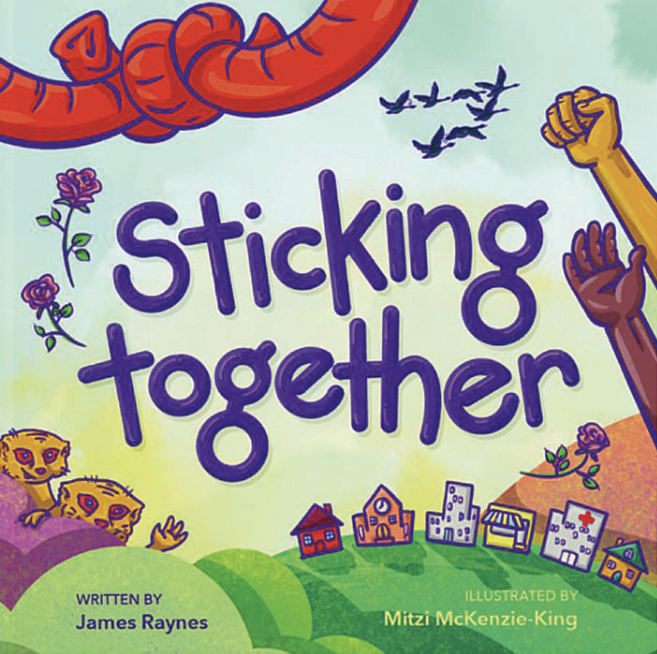Building unions takes education; kids can’t join what they don’t know about, Will Brodie writes.
The good news is that when young people know about unions, they respond with enthusiasm and want to be involved.
“When young people learn that the weekend, public education, public healthcare, good wages and a 38-hour work week were all won by union members, they are definitely surprised,” says James Lea, Acting Director of the Young Workers’ Centre (YWC), an initiative of the Victorian Trades Hall Council.
“But I would add that many young people also respond with pride and hope,” Lea says. “Young people feel proud that the workers that came before them fought hard and won good things for working people, and they start to see themselves as an important part of the union movement and capable of winning great change.”
YWC outreach organisers visit schools, TAFEs and community groups around Victoria to educate their peers about workplace rights. Since the centre was established in 2016, it’s reached more than 50,000 young people, delivering free sessions on topics including Your Rights at Work, Bullying and Discrimination, OH&S, Apprentice Readiness and Social Movements and Campaigns.
Lea says he constantly hears from young people who want to know more about their workplace rights and conditions.
“Young people receive a lot of conflicting information from many different sources when they start their working life,” he says. It’s his organisation’s job to provide young people with “the confidence to ensure they are being respected and treated fairly at work”.
Accordingly, the YWC provides training for students undertaking the Victorian Certificate of Education (VCE) Vocational Major, an applied learning program designed to be completed over a minimum of two years which prepares students to move into apprenticeships, traineeships, further education and training, university (via non-ATAR pathways) or directly into the workforce.
The Vocational Major subject called Work Related Skills includes topics such as workplace wellbeing and personal accountability and workplace rights and responsibilities.
However, Lea says that all young people could benefit from YWC training.
“Whether a young person is leaving for a trade, working part-time to put themself through university or getting their first job it’s essential they know about their rights, unions and how to stand up for themselves,” he says.
Rights taken for granted
The YWC is busy because most young Australians don’t get exposed to fundamental details about workers’ rights and take their entitlements for granted until they are entering the workforce.
In Queensland, the Young Workers’ Hub offers free World of Work sessions for schools, TAFEs and Registered Training Organisations, and they are often assisted by the IEU’s Qld/Northern Territory Branch to get into independent schools.
Such sessions are vital because the information is only available in specific pockets of the Australian curriculum. There are modern history units that discuss unionism, but there is no universal introduction to workers’ rights or unions, their role, and their history.
That’s why other approaches are necessary to reach young people.
The children’s book Sticking Together, written by James Raynes and illustrated by Mitzi McKenzie-King, who both work in Victorian Trades Hall communications, aims to help build awareness of collective values.
“It’s not easy to talk about these concepts with our kids, so I wanted to produce something that explained the essence of unionism in simple terms,” Raynes says.
“For me, that means working together for the benefit of the collective, by demonstrating kindness and compassion to those around us. I think that’s an idea any child can embrace.
“We know that, for a variety of reasons, young people are less likely to join unions. There’s a whole body of work involved in reversing that trend over time – some of it political, some of it industrial. But culturally, all unionists have a role to play in educating young people about the importance of union membership and normalising it as something you do when first entering the workforce.
“I guess Sticking Together is one small contribution toward that end.”




































































































































